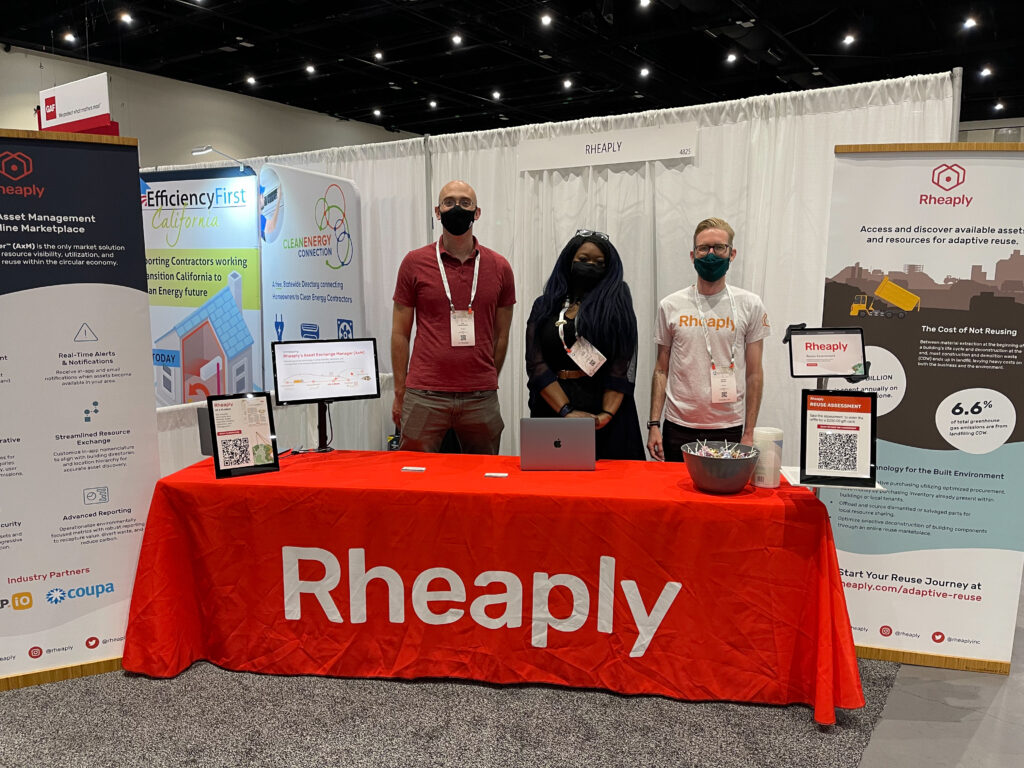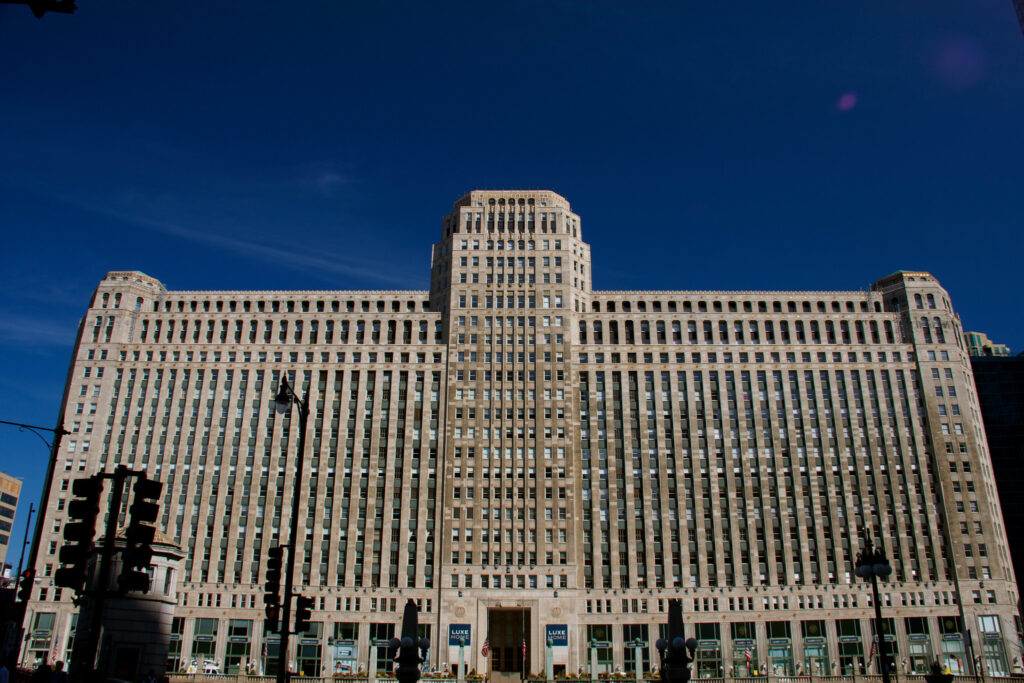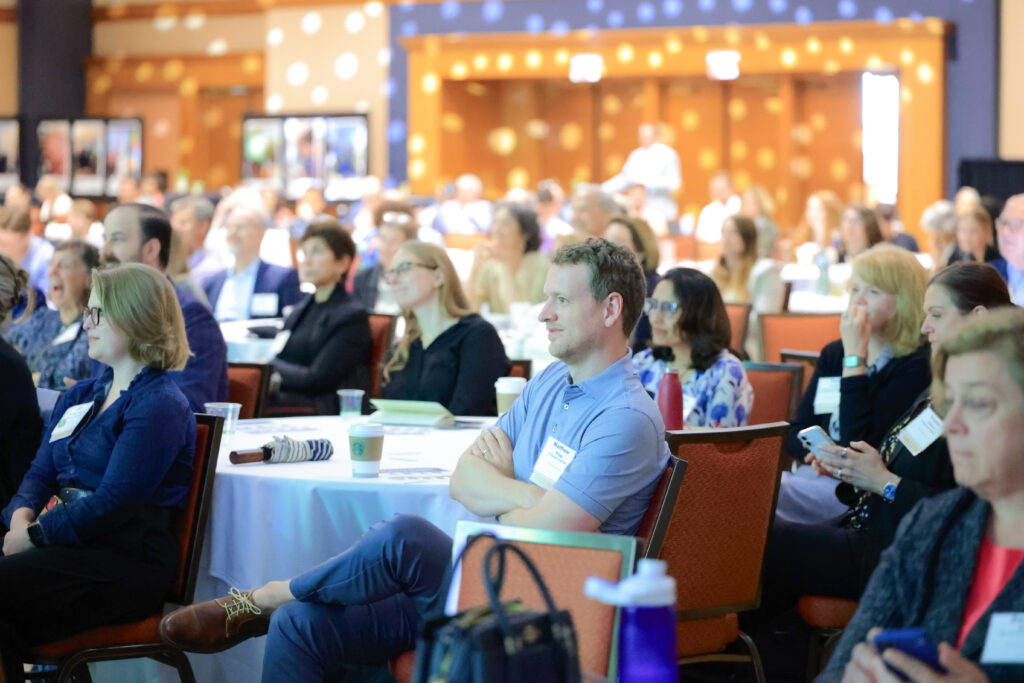Last week, the Rheaply team convened with leaders across the built environment sector for the US Green Building Council’s annual Greenbuild ’21 event. For three days, we connected over shared commitments to meeting LEED certification standards and the ways in which Rheaply can enable those in the green building space to achieve their targets.
Coming off the announcement that the Carbon Neutral Cities Alliance funded in Rheaply to build an online exchange platform for building products and resources, our team was delighted to engage with key stakeholders and discuss ways we can provide greater access to surplus resources at cost-effective rates.
Looking back on our conversations, we’re energized about the potential of reuse for the built environment. Here are insights into some of the biggest takeaways from this year’s event and how we’re planning to integrate them into our business as we move forward.

Greenbuild 21 takeaways
Did you know…
… that there are more museums in the US than there are McDonald’s, and yet there are just three sustainability professionals in the entire museum industry?
… that a typical office door weighs about 56kg, but the carbon and material resources footprint that goes into making that door adds up to nearly 230kg?
These are some of the most surprising things that our team learned throughout the event. The conservation of artifacts and valuable resources is so important. It influences our ability to cut costs AND divert waste from landfills. It was inspiring to witness contractors, manufacturers and green building firms discuss how we can scale reuse initiatives in this space to ensure that more of those valuable resources are captured. Through these conversations, we learned that lack of trust in materials, imbalances in the supply and demand necessary to create a reuse market, and local regulations are blocking progress.
There was particular concern about demand not meeting the supply within a reuse market. Since Rheaply solves this imbalance by coordinating with local partners to ensure that supplies are getting into the hands of those that need it, we’re excited about the opportunity to further expand our Ecosystem network. On the upside, it appears that the industry as a whole is getting better at measuring and tracking carbon impact from operations and embodied carbon in building materials. We finally have a common goal and the methods and systems in place to reach it. The event made it clear that everyone is mobilizing around the use of reused materials, decarbonizing manufacturing operations, and localizing supply chains, which was inspiring.
Knowing that a third of all buildings are set to be demolished by 2050, we need deconstruction inventory and building products to be identifiable, accessible, and standardized with data to streamline the selection process in secondary markets. It comes down to solving the problem in a collaborative way and Rheaply is excited to embark on this journey with our friends from Greenbuild. We hope you’ll join us in-person or virtually next year for Greenbuild ‘22!


